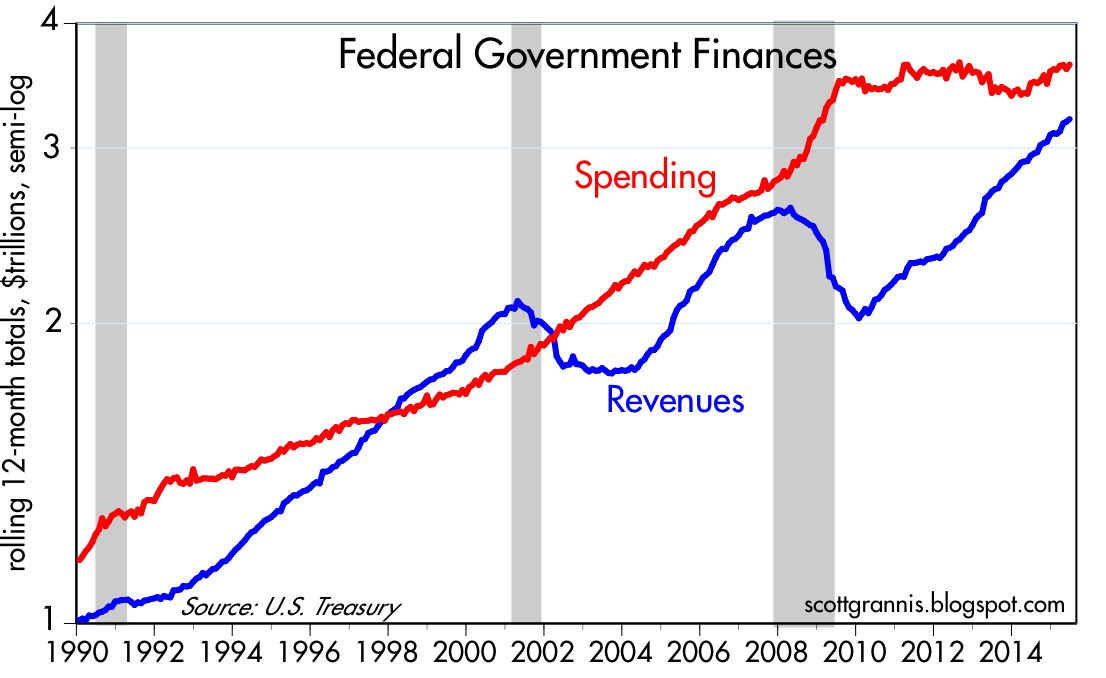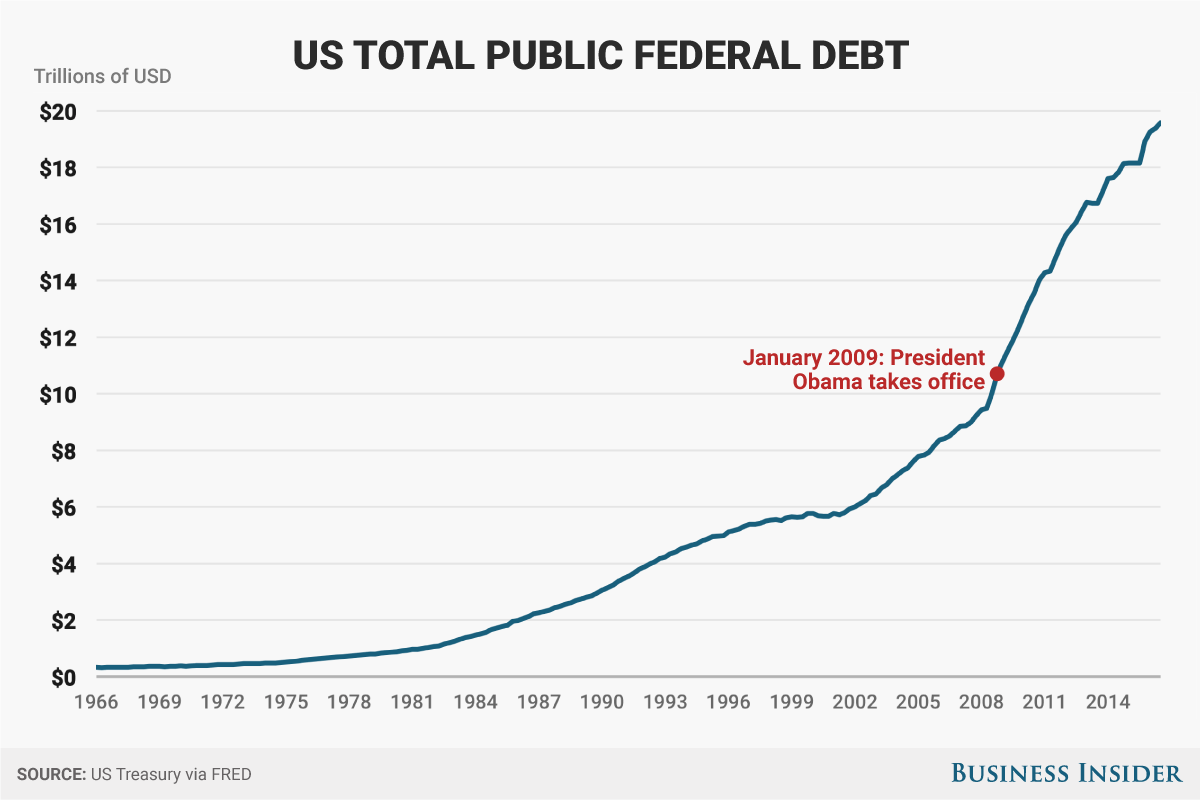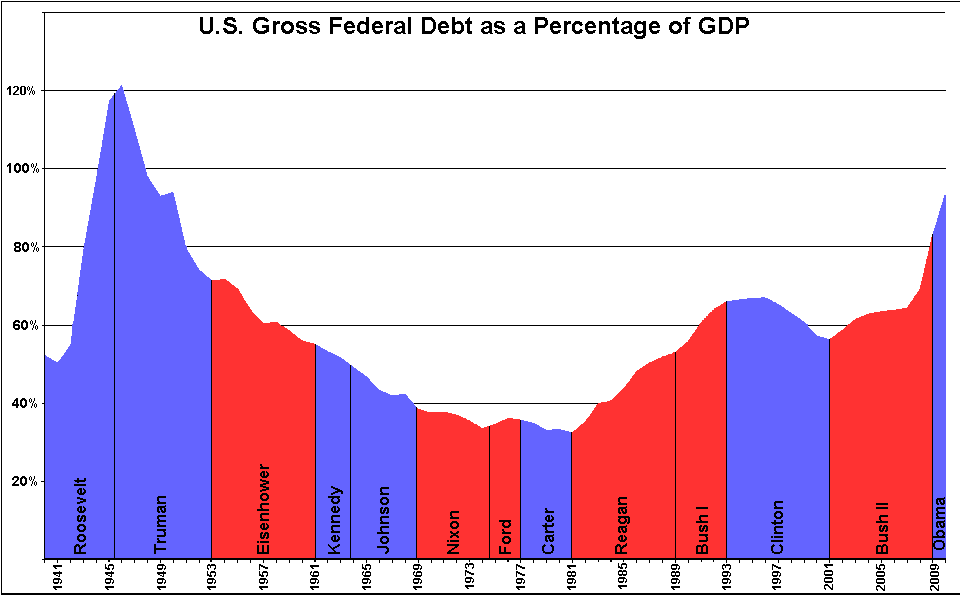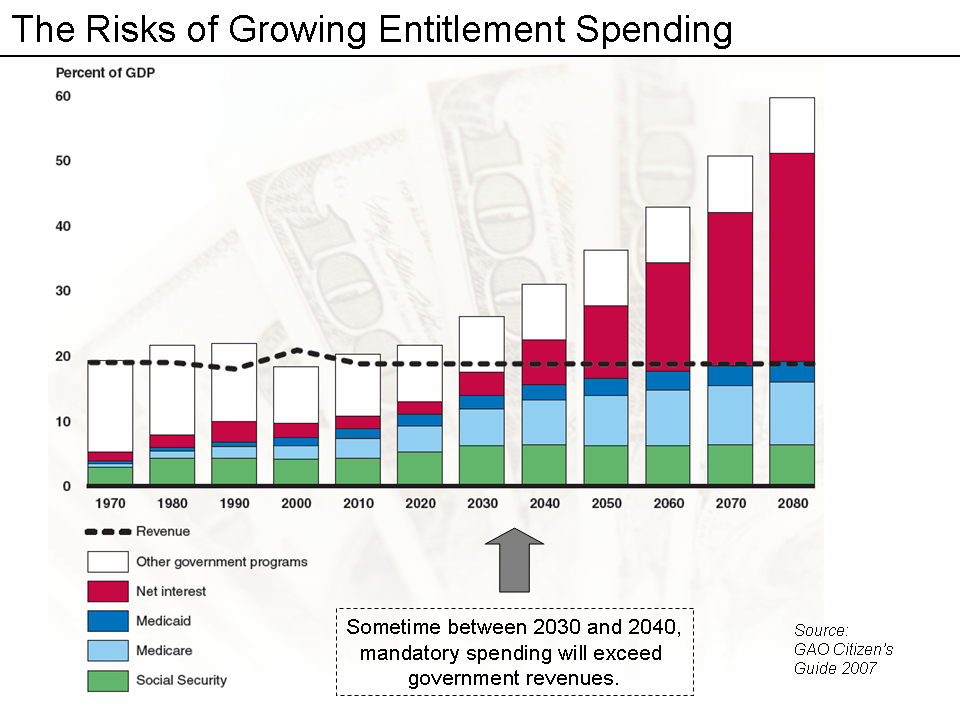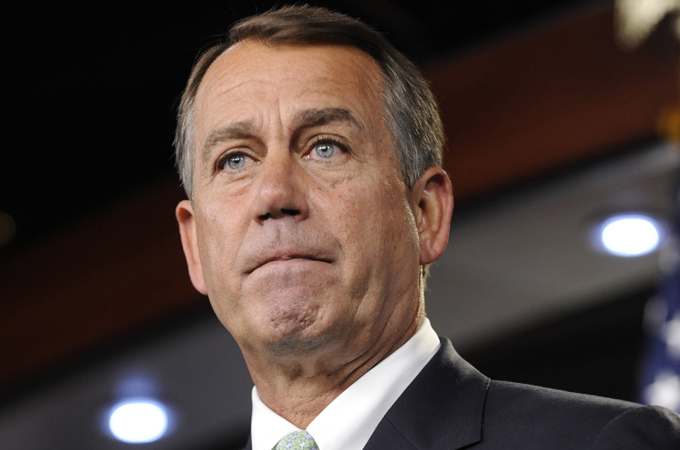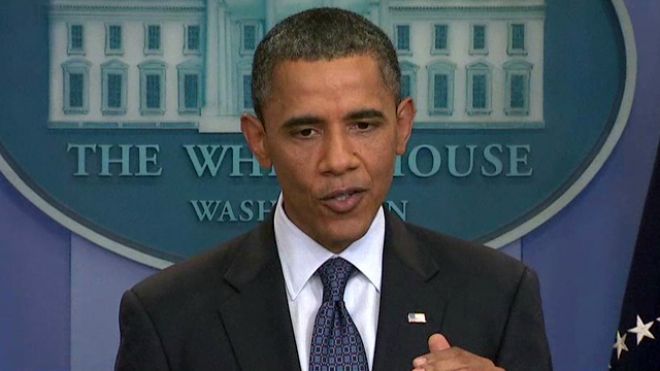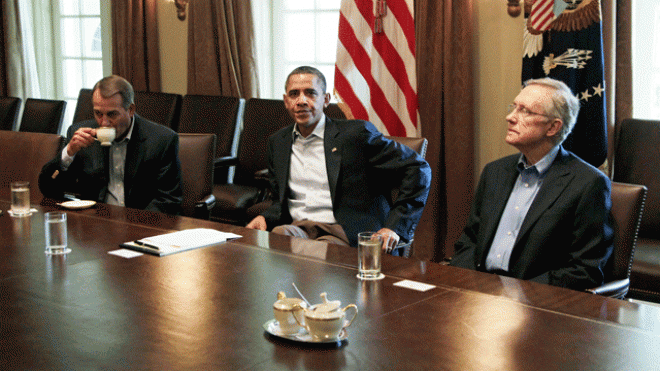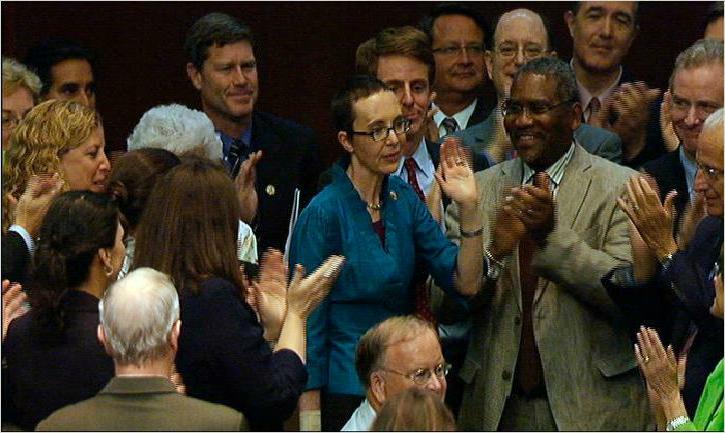27. OBAMA SEEKS TO "CHANGE" AMERICA

ECONOMIC POLICY

ECONOMIC POLICY
 Stimulating the economy
Stimulating the economy
 Putting some brakes on run-away
Putting some brakes on run-away
financial speculation
 The rapidly rising federal debt
The rapidly rising federal debt
The textual material on this webpage is drawn directly from my work
America – The Covenant Nation © 2021, Volume Two, pages 377-386.
STIMULATING
THE ECONOMY |
|
The American economy in trouble
However, for the time being, the biggest or most immediately pressing issue facing Obama as he took office in January of 2009 was the nation's economy. The public debt was approximately $10 trillion, the banks – despite the huge governmental bailout – were not by any means out of trouble, the Big Three American auto manufactures were still in deep trouble, and the economy in general seemed stalled, if not slipping back. An additional $787 billion in "stimulus" funding. Obama, immediately upon assuming the presidency, began to move forward on the assumption that by this time had become holy writ: when the economy slumps, it is the duty of the government to step into the economy to stimulate it back to health with government spending programs (if a Democrat) or tax reductions (if a Republican). Either way this is supposed to put more money into the hands of the Americans who then can spend the economy back to health. But either way, it also puts the government deeper into debt. But supposedly this is only a temporary measure; when the economy picks back up the government is supposed to cut back on its spending or raise taxes back up, or both. But historically this seldom happens, or does so only marginally. Upon coming to office Obama immediately put forward before Congress a proposed American Recovery and Reinvestment Act, a $787 billion wide-ranging economic stimulus package, which included federal spending for expanded unemployment benefits, health care, green energy, education, infrastructure development and various job creation programs. This was in addition to the $700 billion recovery program put into effect by Bush during his last days in the presidency. Republicans balked at the new measure, seeing this not merely as a way to put more money back into the economy, but a sure and certain path to a state-managed economy or "Socialism." But with a Democratic majority in both houses of Congress, approval of Obama's stimulus package was quite certain. In late January the measure passed 244-188 in the House, in an almost perfect Democrat-Republican split, and in early February 61-37 in the Senate, also almost completely along Democrat-Republican Party lines. Obama signed the bill and it became law on February 17th. Meanwhile the situation facing the automobile industry worsened. In mid-February both General Motors and Chrysler came to Washington looking for $20 billion in additional federal funding in order to stay afloat. The companies promised to slim down by closing five plants and 50 thousand jobs and dropping 15 car models from production. They would also shut down hundreds of local dealerships. Then in April Chrysler filed for bankruptcy, announcing also that the company would be entering into partnership with Italy's Fiat corporation; Fiat would hold 20 percent of the company's stocks, expanding to 35 percent and then 49 percent as the company rebuilt. General Motors filed for bankruptcy at the beginning of June. As a result, the U.S. government took 60 percent control of General Motors and the Canadian government 12.5 percent, with the rest going mostly to the labor unions. The original stockholders in the company were left out in the cold.
To encourage the auto industry, in June (2009) Obama signed the Car Allowance Rebate System or "Cash for Clunkers" which encouraged Americans to trade in their gas-guzzling American SUVs for new, more fuel-efficient cars, offering them vouchers to be used toward the purchase of the new cars, varying from $2500 to $4500 depending on the amount of the fuel economy improvement in the exchange. Cars traded in could not be resold as used cars but had to be scrapped. The program was to run from July to November but ran out of the allotted $1 billion in federal funds before the end of July. Congress subsequently extended the fund by an additional $2 billion, which ran out by the end of August, thus finally ending the program. Bigger winners in the program were the Japanese and Korean cars (the Japanese had a similar program but one which excluded American cars), which actually increased their share of the U.S. market. One of the additional negative side effects for American consumers was that the program took out of circulation hundreds of thousands of used cars that poorer Americans counted on buying as their personal transportation. But with Obama supposedly being a champion of America's poor, nothing was really said about this new hardship for the American poor caused by Obama's Cash for Clunkers program. Also a study later revealed that the overall effect of the program ultimately produced a loss of $1.4 billion in car value when compared to the supposed benefits of increased fuel efficiency. The government's Troubled Assets Recovery Program (TARP) initiated under Bush during his last days in the presidency seemed to meet its objectives better than most had expected. This was a buyout program originally limited to troubled real estate mortgages and other troubled real estate assets, although Bush had expanded it to include the troubled auto industry as well. The purpose was to allow the Federal government to buy failing companies (at a reduced stock price) rather than let them fail altogether. These companies were then to restructure themselves to be more efficient, and then find buyers (corporate and personal) for new stock. The long-term expectation was that as these corporations returned to health, they would be able to buy themselves back from the government. As it turned out, of the $700 billion originally authorized for the purchase of these troubled corporations only about $300 billion was actually disbursed in the government buyout of these corporations. Further, the corporations over the next two years were able to buy themselves out of indebtedness to the government by almost $175 billion. The program ended up costing far less than expected, and the country stood to gain profitably as other companies completed their repurchase (with interest). There were however some troubling issues that accompanied TARP. One of the biggest was the use of TARP moneys to pay the bosses of these troubled corporations the huge compensations that they were used to getting. Obama put a cap of $500 thousand on executive compensation, though it seems that promises were made nonetheless to executives to reimburse them lost compensation once the companies were back on their own feet. Similar to that was concern that this money was being used to award dividends to preferred stockholders, rather than buy back the warrants or obligations owed the U.S. government. Overall despite the rescue of a number of American corporations from bankruptcy, and billions pumped into the economy in the form of government spending of various programs, over the next two years the economy registered minimal growth: negative in 2009 and only 2.5 percent increase as of September 2010. Unemployment remained very high, rising from 9.4 percent of the working age population in 2009 to 9.9 percent in 2010. If those with only part-time employment and those who seem to have given up looking for work altogether were factored into the recorded unemployment rate, that figure would be 15.9 percent.
|

PUTTING SOME BRAKES ON RUN-AWAY FINANCIAL
SPECULATION |
|
The House of Representatives passed the Over-the-Counter Derivatives Markets Act of 2009 (the Obama Proposal) on December 11th. The bill did not attempt to control the derivatives market,1 but did try to end the "Wild West" or unbounded speculative nature of the derivatives market. The bill sought to bring derivatives contracts to the light of day (improving accountability and transparency) where money movement could be more easily followed by everyone involved, especially the tax-paying public, which just the previous year had to come to the rescue of improvident "too big to fail" banking institutions. The bill required very tight reporting standards with the Commodity Futures Trading Commission (CFTC) and the Securities and Exchange Commission (SEC). It also included compulsory clearing and exchange trading for many types of derivatives contracts; for the rest, it set certain margin requirements (restricting the act of borrowing money in order to invest in speculative markets). And it restored the prohibitions against federally insured banks (local commercial or depository banks) becoming involved in stock and derivatives trading, prohibitions put in place by the Glass-Steagall Act of 1933 after the great stock market crash, but prohibitions that had been repealed by various financial "reforms" since 1980, ones which had helped to produce the 2008 banking meltdown. After much debate, the Senate finally passed a somewhat watered-down version of the House bill (thanks to the heavy lobbying effort of the very rich financial industry which did not want to be regulated) the following May (2010) as the Restoring American Financial Stability Act of 2010. The Senate bill established the Financial Stability Oversight Council whose job would identify risks to the stability of the nation's financial institutions and markets so that future financial melt-downs such as the one of September 2008 could be averted. On July 21, 2010 Obama signed the bill into law as the Dodd-Frank Wall Street Reform and Consumer Protection Act. 1Derivatives were speculative bets investors engaged in supposedly as hedges or insurance against future changes, principally drops or unwanted developments in the futures markets – for most anything that can be bought or sold. This market at the time was huge (still is) – valued in 2010 at around $700 trillion, compared to the world's total GDP or wealth production valued at that time at approximately $70 trillion and America's $14.4 trillion ... or the world's total stock market assets of $30 trillion. 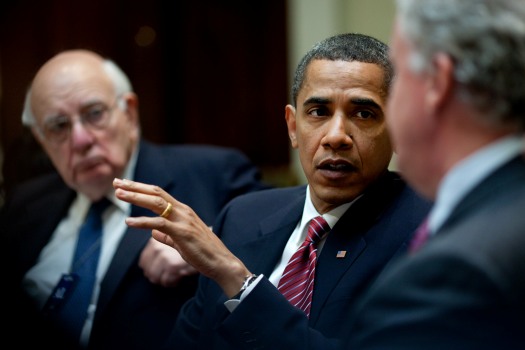 May 2009 – President Obama with Paul Volcker (left) and GE Chief Executive Jeffrey Immelt during a meeting in the White House of the Economic Recovery Advisory Board
|
